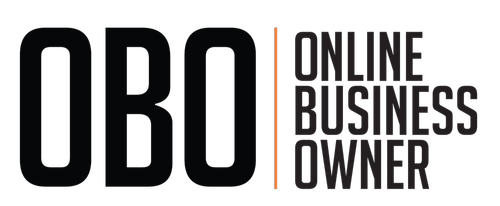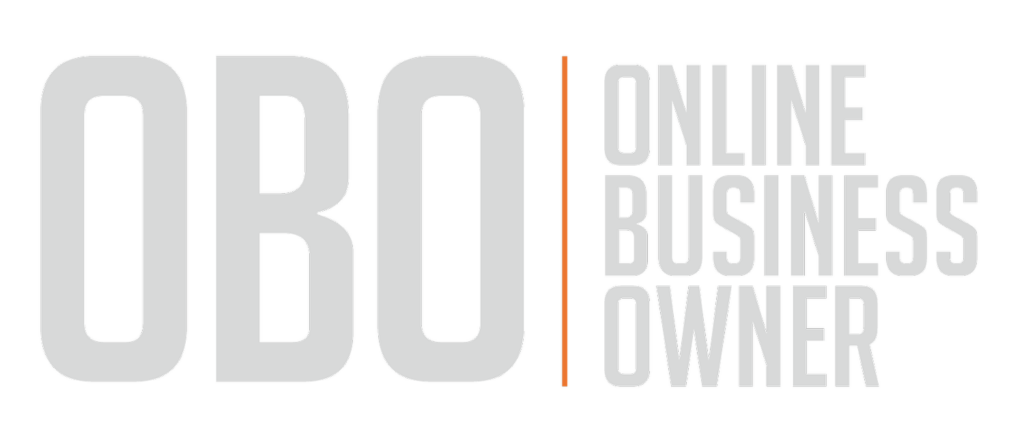Use Agile Strategizing To Thrive In Disruptive, Fast-Paced Environments
Written by: Marc Sniukas • October 06, 2023

Image Source: https://unsplash.com/@Sigmund
The traditional approach to strategy is flawed. It leaves leaders, like yourself, to deal with countless challenges, such as lack of clarity, difficulty prioritizing, execution obstacles, adapting to change, measuring success, balancing short- and long-term goals, as well as lack of buy-in.
Consequently, strategy exercises often feel like a waste of time and resources. However, a well-executed strategy can address all of these challenges and improve your organization’s performance.
In this guide, I present you with an alternative approach to strategy, offering a fresh perspective to enhance your strategy’s overall effectiveness.
Criticism
Traditional strategy has faced criticism for its focus on best practices, lack of innovation, incremental planning and complex tools.
Richard Rumelt and Roger Martin argue that much of what people call “strategy” is ineffective or misguided. Many leaders struggle with it, and alignment within organizations is often lacking.
According to a survey by strategy&, 50% of senior executives don’t think they have a winning strategy.
Another study published by Harvard Business Review found that, on average, only 23% of people within organizations are aligned with the strategy.
So as a leader yourself, it’s key to assess your strategy practice in light of these points. How does your practice compare?
Assumptions
Traditional strategic planning is rooted in the assumptions that: the environment can be fully analyzed and controlled, the future can be accurately forecasted, strategy can be deduced logically, and plans can be easily cascaded.
However, the reality is that the environment is complex and challenging to understand, the future is unpredictable, imagination is just as important as analysis, cascading plans are complicated in large organizations, and strategic challenges arise continuously.
The notion of setting your strategy once a year, and revisiting it after a few years, is outdated.
Because leaders often struggle with problems like data overload, ineffective decision-making and conflicting priorities — and yearly offsite strategy events have limited impact on your day-to-day operations.
Traditional approaches and tools are truly inadequate for uncertainty, complexity and constant change. This leaves a gap between your (the leaders’) goals and the capabilities of traditional tools.
You see, the circumstances under which traditional approaches were developed no longer match today’s dynamics. Continuous disruptions require a more adaptable approach to strategy.
Of course long-term planning has its merits, but may not always be strategic. The world has become more volatile and fast-moving, so you must adapt your strategy and planning methods to match your business realities.
My Solution
As a leader, question your organization’s definition of “strategy,” and assess if your current approach aligns with your realities. Rethink your strategy, if needed, and consider adopting Agile Strategizing.
Your strategy should evolve from long-term planning to a dynamic approach that provides direction, stability, adaptability and clarity for you and your leaders to navigate uncertainty and complexity without the need for detailed long-term plans.
Agile Strategizing does exactly that.
Agile Strategizing — a dynamic approach to strategy that emphasizes action, progress and quick thinking over excessive analysis. It involves crafting strategy through iterative implementation, rather than detailed planning, with three key mindsets:
Understanding the context
Developing a strategy
Implementing actions
This approach challenges the traditional sequential process, encourages strategists to think while doing, and avoids the need for extensive long-term planning.
I’m not referring to “Strategic Agility,” which focuses on flexible resource allocation, nor “Emergent Strategy,” which involves looking back and labeling actions as “strategy.” It’s not about constantly changing your strategy either.
Instead, Agile Strategizing involves deliberate decision-making, conscious choices and iterative progress towards a dynamic strategy.
My Solution
Agile Strategizing brings implications for both the content of your strategy (determining what to focus on) and the process of strategizing (determining how to approach it).
If you’re not long-term planning, what else should strategy be? Try continually questioning and creatively thinking through issues.
When leaders approach me to work on their strategies, they often face immediate strategic issues, rather than asking about long-term plans. These challenges — like expanding into new markets, aligning the organization, reducing complexity and addressing financial concerns — require timely solutions.
Richard Rumelt’s concept of “challenge-based strategy” resonates with this approach, emphasizing the importance of clearly identifying the challenge, formulating a response (guiding policy), and outlining a set of coherent actions to implement.
While focusing on immediate challenges and opportunities, it’s still essential to consider long-term considerations, like your vision, mission and purpose.
A strategic approach involves “Zoom Out/Zoom In,” where you envision the future market and industry while pursuing short-term initiatives aligned with your ambitions. This combination can allow you to address current challenges and open up opportunities for your future vision.
Strategy becomes a series of responses to challenges, and it’s not about detailed long-term planning, but rather guided progress toward a destination.
For example, Netflix responded to content challenges by producing its own shows, and later scaling down in favor of licensing local content. Another client of mine focused on relationship building and customer experience, solving immediate barriers while exploring longer-term building plans.
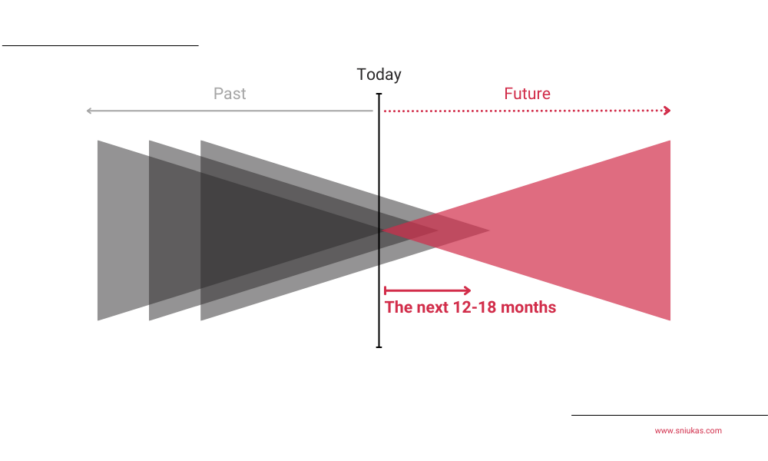
My Solution
Embrace Agile Strategizing by shifting from long-term planning to addressing challenges and opportunities in the next 12-18 months.
Engage in strategic conversations, moving beyond analytics, and involve relevant parties.
So now, how do you define strategy?
Agile Strategizing means ongoing, action-oriented strategy with continuous conversation, reflection and “thinking while doing.” Let’s see what this looks like in action.
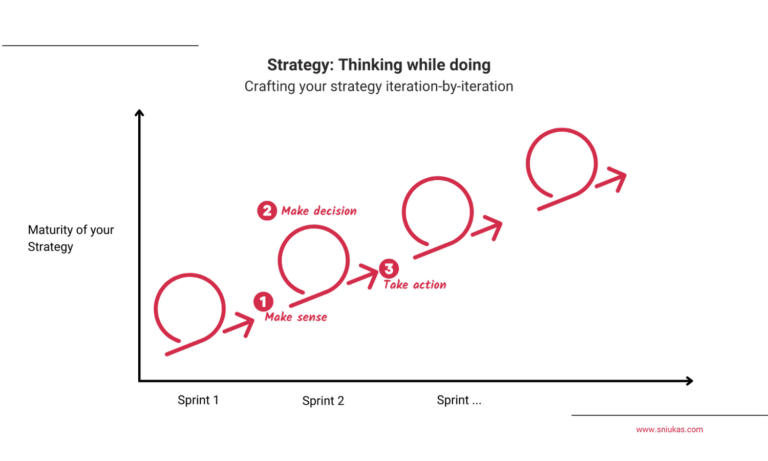
“Cold Company” (name changed) urgently needed a new strategy because its performance was declining. They’d been using a traditional approach, but kept missing their objectives.
Agile Strategizing provided a solution by combining thinking and doing.
They started with a 2-day orientation workshop, and created a strategy backlog with strategic moves, assumptions and questions.
They worked in 3-4 week sprints, focusing on selected topics. After several months of iterative action, their strategy became clearer, resulting in a 50% growth in revenue and profit after 12 months.
“Health Company” (name changed) needed to reboot its strategy, which was previously vague and lacked specific actions. They engaged in a series of meetings to define the core pillars based on input from various stakeholders.
Instead of detailed long-term planning, they focused on their core challenges and opportunities for the next 12-18 months (we used my “Strategy Launchpad” approach).
Their leadership team reviewed the new strategy weekly, assessing progress, outcomes and the organization’s mood. Based on these discussions, interventions and actions were implemented to adjust and improve their strategy.
This approach institutionalized strategic thinking and management throughout the organization, making strategy always-on. The three core activities of always-on strategy were reflection, decision-making and implementation.
So how can you start engaging in strategic conversations using the above mentioned questions?
In order to shift from the old-school strategic approach, to the new rules of Better Strategy, it’s essential to make several key changes. So let’s compare the traditional approach with the new rules so you can really see the difference:
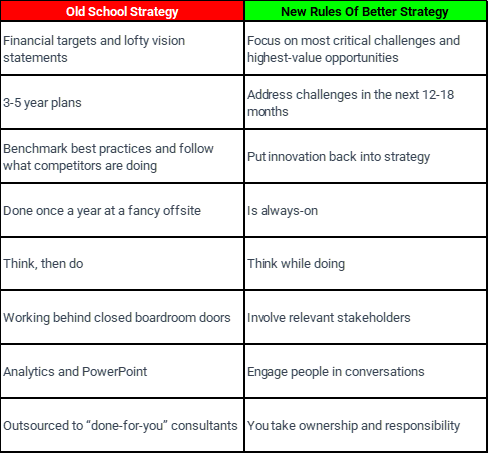
So you can see, the new approach I’m recommending is quite different, but can be imminently powerful if used correctly.
If you’re ready to follow the new rules of Better Strategy, it’s vital that your strategy meets these criteria:
Clarity — understanding of the problem or opportunity
Simplicity — easily understood and executed
Coherence — actions and decisions should align and support each other
Focus — identify clear choices and actions necessary for success
Adaptability — flexible and able to adapt to changing circumstances
Innovation — a creative element to create advantage and differentiation
Action-oriented — translate goals into specific, concrete, high-impact actions that deliver significant results
Ready for more? This guide is part of a complete series on how to make a better strategy for your organization. Find more resources and insights in my Education Hub.
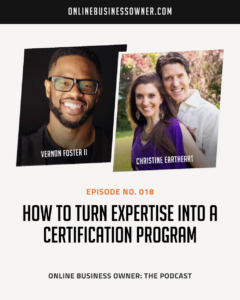
How to Turn Expertise Into A Certification Program With Christine Eartheart
After years of industry experience, many entrepreneurs shift from self-mastery to training others, allowing them to duplicate their efforts and scale their businesses. TEDx speaker and host of the Thriving Relationships Show, Christine Eartheart shares how she turned her craft into a certification program that generates multi-6-figure launches.
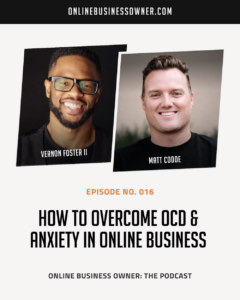
How to Overcome OCD & Anxiety In Online Business With Matt Codde
Ever feel like OCD and/or anxiety take over your day, your business or your life? Overcome these obstacles and regain control of your life using expert strategies from licensed clinical social worker Matt Codde, including his Triple-A Response and other practical tools to break the loop.
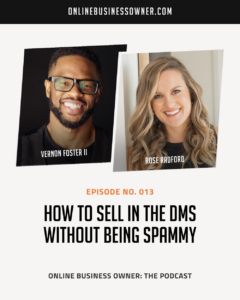
How to Sell in the DMs Without Being Spammy with Rose Radford
As online business owners, we’ve all heard about the magic of sliding into DMs to get more sales… but here’s the problem… how do you pull it off without being spamming or feeling like a used car salesperson and actually get results? Today, Rose Radford will show you how.
